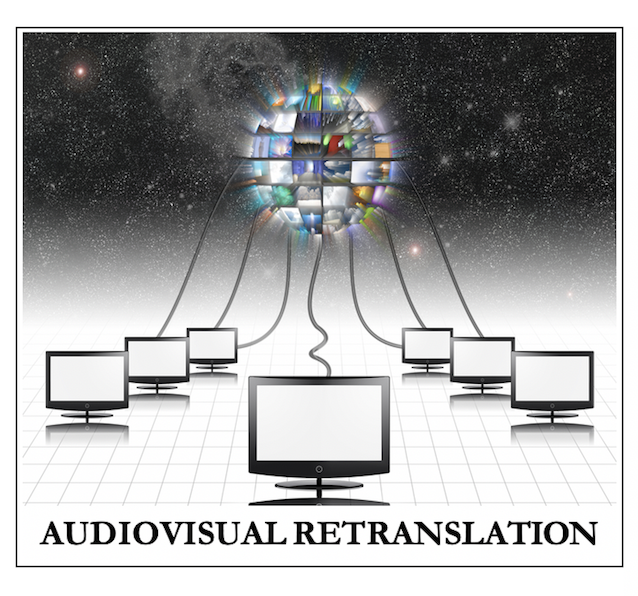Retranslation as Resubtitling. The Case Study of Federico Fellini’s La Strada
DOI:
https://doi.org/10.13133/2239-1983/14572Abstract
While retranslation in the literary domain is “usually regarded as a positive phenomenon” (Tahir-Gür.ağlar 2009: 233), retranslation within the context of audiovisual products tends to be either negatively received (Zanotti 2015: 110) or neglected (O’Sullivan 2018: 269). Retranslation in the form of resubtitling, in particular, (i.e. the production of a new subtitled version of the same audiovisual text) has not attracted considerable attention in audiovisual translation studies, since “resubtitling is seen as inevitable and is hardly ever noticed or remarked upon” (Zanotti 2015: 111). Indeed, very little research has been conducted from a diachronic perspective “to see how subtitling was done in the past, and how it is done nowadays” (Díaz Cintas 2004:65). The present paper aims to address the issue of resubtitling in the audiovisual field from a diachronic perspective using the case study of an Italian film as an empirical basis: two sets of retranslated English subtitles produced for re-releases of Fellini’s La Strada (1954), 37 years apart, will be analysed according to a two-level analytical framework, technical and translational. The study will show that, while major improvements can be observed on a technical level, the more modern retranslation departs farther from the original, with respect to the older subtitles. Thus, the notion of ‘retranslation as improvement’ is questioned.
Downloads
Published
How to Cite
Issue
Section
License
Gli autori che pubblicano su questa rivista accettano le seguenti condizioni:- Gli autori mantengono i diritti sulla loro opera e cedono alla rivista il diritto di prima pubblicazione dell'opera, contemporaneamente licenziata sotto una Licenza Creative Commons - Attribuzione che permette ad altri di condividere l'opera indicando la paternità intellettuale e la prima pubblicazione su questa rivista.
- Gli autori possono aderire ad altri accordi di licenza non esclusiva per la distribuzione della versione dell'opera pubblicata (es. depositarla in un archivio istituzionale o pubblicarla in una monografia), a patto di indicare che la prima pubblicazione è avvenuta su questa rivista.
- Gli autori possono diffondere la loro opera online (es. in repository istituzionali o nel loro sito web) prima e durante il processo di submission, poiché può portare a scambi produttivi e aumentare le citazioni dell'opera pubblicata (Vedi The Effect of Open Access).


